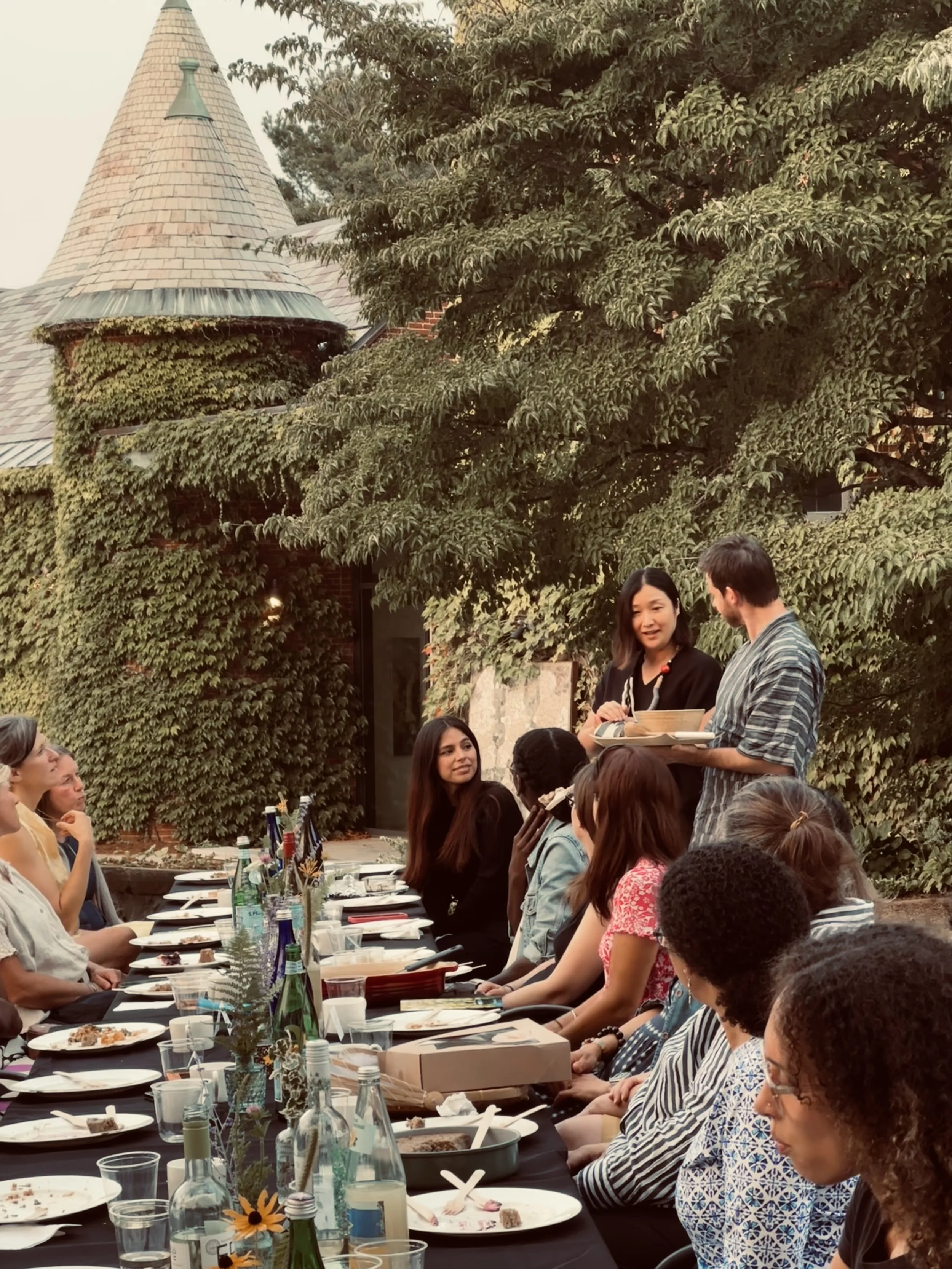From Beans in Brazil to Bars in Boston: A Virtual Guided Chocolate Tasting
Whatever your circumstances, adjusting to this new normal is challenging to say the least, and many of us (or is it just me?) have found ourselves turning to food for comfort. Comfort food, you know, like chocolate. What if I were to tell you that chocolate is actually real food, and that you don’t have to feel guilty about eating it? That’s the message from Mariano D’Aguiar, one of four founders at River-Sea Chocolates. After enjoying one of his guided chocolate tasting sessions, I’m delighted to hear it.
In recent months, we’ve had to get creative about recreational and social activities. The novelty of a Friday night Zoom has lost its initial appeal, but if there’s one thing that will encourage me to join an online meeting, it’s tasting world-class single-origin chocolate. During the tasting, my screen became a window to the world of chocolate as my taste buds were taken on a virtual journey to Peru, Brazil, Fiji, and the Dominican Republic.
Over the course of an hour, Mariano and his wife and co-founder, Krissee, educated chocolate lovers from across the country about the characteristics of the cacao bean. Before trying any samples, we got an introduction to how the climate and soil in each region creates its unique blend of flavors. It’s hard to believe that neighboring flora and fauna penetrates the soil to such a degree that it’s passed on to the beans, but as I took my first taste of a 72% dark chocolate from Peru, I experienced it for myself.
Cacao beans in Brazil. Photo credit, Rodrigo Flores.
I was eager to devour the sample, but Mariano’s advice was clear. “Don’t bite or chew,” he explained. “Just let it melt in your mouth.” Within 20-30 seconds, a subtle nutty flavor was overtaken by a hit of raspberry. Personally, my preference is generally milk chocolate, but I could see why these beans were voted some of the best in the world in 2018 and 2019. While we reset our palettes with some dry crackers and plenty of water, I was fascinated to learn that the Peruvian cacao market was introduced as an alternative source of income to cocaine.
Photo credit, Maddie Bazzocco
Our next stop was Brazil where the cacao plant grows naturally alongside the acai trees that provide shade, and is cultivated by crabs that dig holes in the muddy river soil. For six months of the year this land is flooded, and the waterways are the lifeline for the river-island community at the Eastern edge of the Amazon rain forest. This produces a more savory and nutty flavor than cacao grown in the iron-rich clay of Peru. In a climate where temperatures around 73° Fahrenheit are considered cold, the chocolate is too melty to be eaten in bar form. The locals create their own version of hot chocolate by adding water and lemon juice to the beans, and egg white for a froth.
We ventured a little further from the equator to Fiji for our next sample. The volcanic soil here results in another flavor variance. A hint of nut and the smoothness of caramel and vanilla made this a firm favorite with many in the group. That’s easy to understand with such an incredibly short list of ingredients. The only additions to the beans themselves are cacao butter and organic sugar cane. “We don’t add any emulsifiers or fillers, no palm oil or soy lecithin. The product is in its purest form,” comments Mariano.
The second half of the tasting took place in the Dominican Republic sampling milk chocolates. The balance of dark chocolate with organic milk produced a flavor that tasted like dessert. I felt like Charlie Bucket in Willy Wonka’s chocolate factory as a tiny 2-gram piece of chocolate filled my mouth with raspberry, walnut, and a brownie finish. You don’t need much to sample the flavors, but I went back for more from this one! And if you’re dairy-free, then the coconut milk bar is for you.
I’ll admit, if I open a bar of chocolate, I usually eat it in one sitting. (I’ve never understood those resealable wrappers). This tasting made me feel differently. Not because I didn’t like the flavors – quite the opposite. It was because I felt satisfied by a better-quality taste than I was used to. The satisfaction from enjoying a single section of single-origin chocolate was far greater than eating half a bar of commercially produced chocolate.
The flavors were fresh – partly because they occur naturally, partly because the production process takes only two weeks from bean to bar, but also because I knew I was supporting an ethical company.
It felt great to eat chocolate and be told that it was good for me, but it felt better to know that it was good for those who had worked to produce it.








